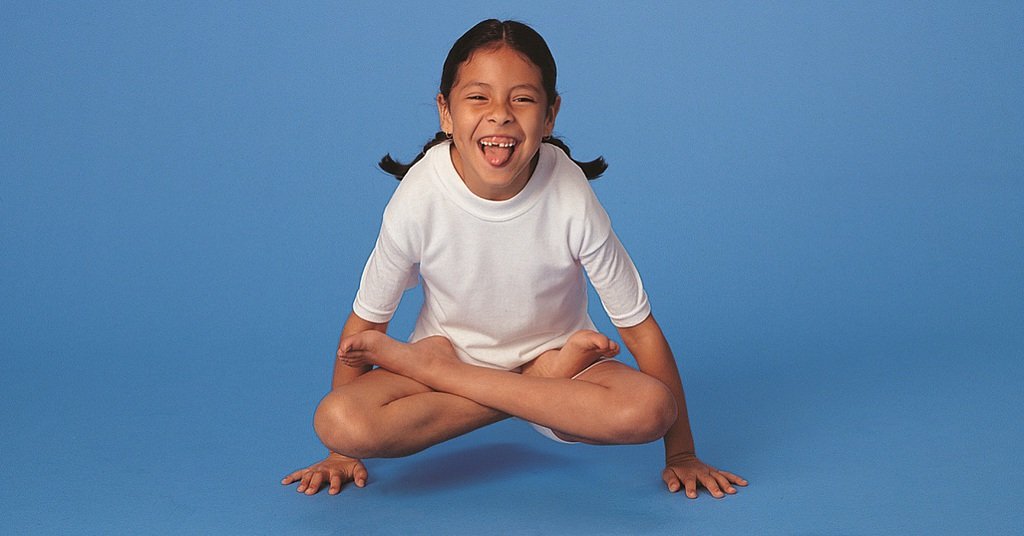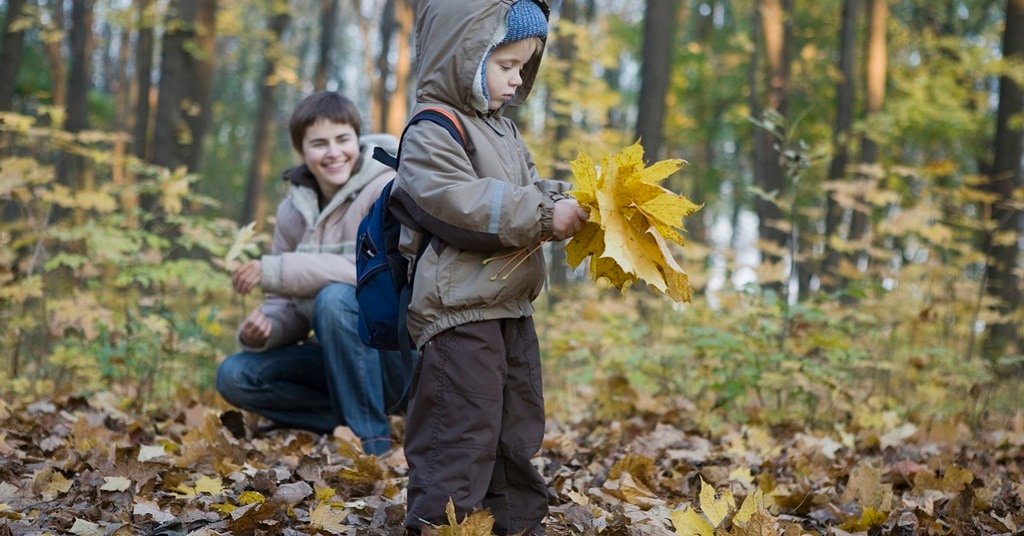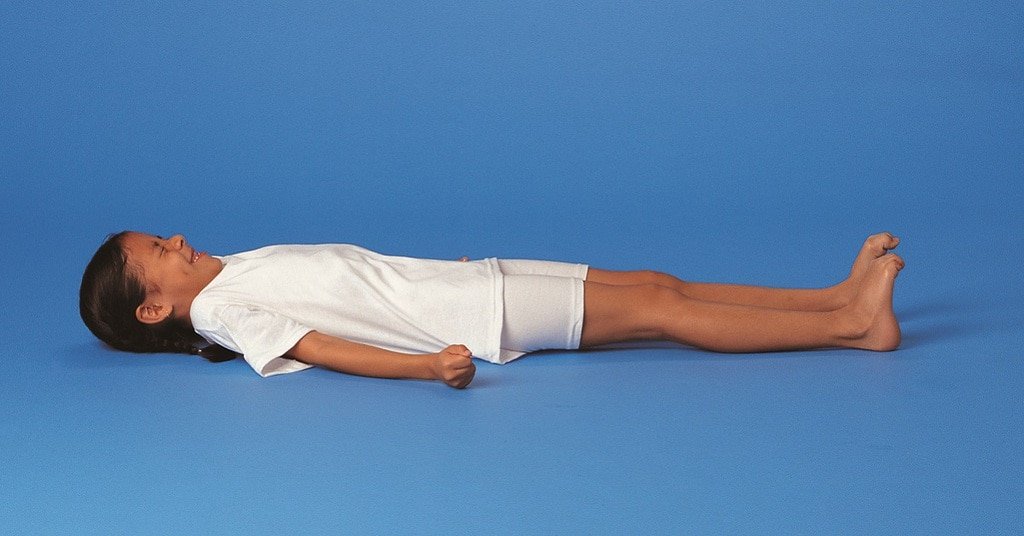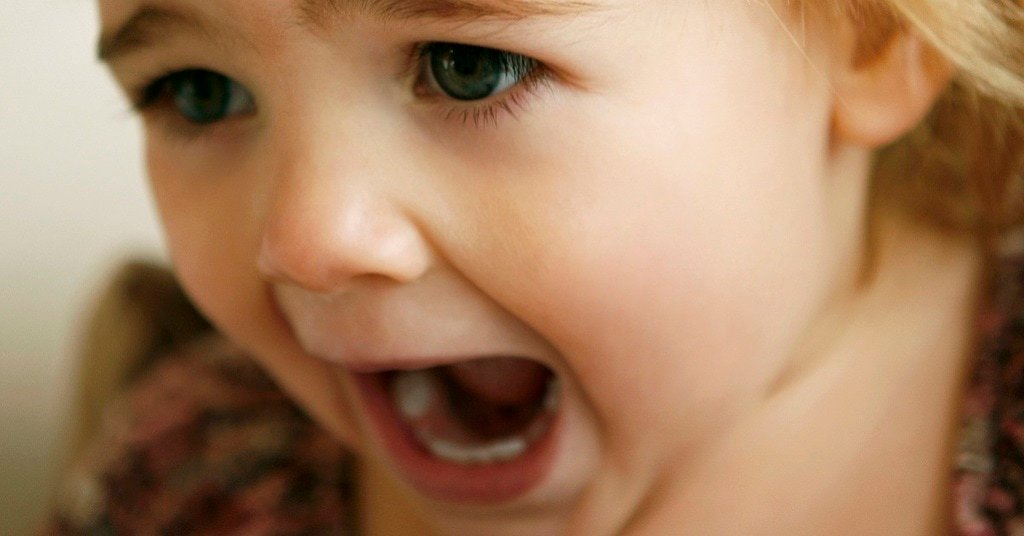“You don’t realize how strong you are until being strong is the only option you have.”
Adapted from a quote by Bob Marley
If you are reading this, that means that I found the courage to share the story of my pregnancy loss.
If you are reading this, that means that we are one step closer to sharing and opening up to stories about pregnancy loss.
Thank you for reading.
I am sure that my journey in the YogaKids program has given me the strength to get back up, after I took a big fall into the dark in early November 2018. As part of an assignment in the YK program, reading Judith Hanson Lasater’s book Living your Yoga was what helped me start reliving my own yoga.
When I was almost eleven weeks into my fourth pregnancy (or sixth if you’d count my two earlier miscarriages), my gynecologist gave me the heartbreaking news that I would most likely lose this baby within the next two or three weeks. BOOM! Just like that, I fell from cloud nine all the way into the deepest, darkest black hole I had ever known.
I have a husband who loves me dearly and I have three amazing children. This fourth baby, however, had been a forever wish inside my heart. That wish would now go up in smoke. The three weeks that followed were so confusing. Still pregnant, but not really. My mind and heart were swinging from hope to despair to deep sadness. For the first time in my life as a yogi and a mom, even my own yoga practice couldn’t keep my thoughts calm and collected. I did have over 15 years of yoga experience, but this sudden shift from happiness to sadness was too much to handle.
I felt lost and alone. Honestly, I felt like giving up on trying to feel happy again. I had to keep going for my family though. I had to find a positive vibe somewhere. But where?
Only three people knew about my pregnancy. My husband, my mom, and a friend in school — whom I had told at only 7 weeks pregnant, driven by a gust of pregnancy enthusiasm when I heard she was selling baby stuff. I had been keeping my nausea, fatigue and mood swings hidden from the rest of the world for 11 weeks. I had already been fantasizing about how I was going to break the happy news to my friends and family. Now, I was all of a sudden keeping something else a secret. I was secretly carrying a life that was slowly being “absorbed back into my body.” That’s what my doctor said. It hurt, but I wasn’t showing my pain to anyone. Nobody knew I was pregnant, right? So, no one could know I was having a miscarriage during those long, agonizing three weeks.
It wasn’t until a few weeks into my grieving period that it hit me: we do not tell people we are pregnant, so we do not have to share the sad news if we have a miscarriage. (I think you may have noticed that I put my other two pregnancies that ended in a miscarriage in parentheses. I do count them as pregnancies, but would others do the same?) Why I wonder? Why can we only share happy pregnancy news?
Is it wrong or weird to feel sad about losing someone I never even met?
Well, on November 15 2019, when I lost my pregnancy, all my belief in my own yoga and meditation practice went down the drain. Not a single method could calm me down. I cried so much, so loud and non-stop. I was sadder than I had ever been and nothing could help me to take away this feeling. Not a single moment did I think that my breathing could calm me down. I have lost loved ones before, but never in my life had I experienced this much hurt and pain before. For the first time I really felt heartache, there where my heart lives. It hurts. So much.
There I was, lying in bed, listening to my family living, and trying to hold onto my heart, almost trying to squeeze the hurt out of my heart. What was I to do? How could I ever get back up and running, full of smiles and energy, like I always am?
For no particular reason, I remembered the next YogaKids assignment I needed to complete. It involved reading Judith Hanson’s book. Just like you started reading this post, I started reading her book. And….it turned out to be a step in the right (or should I say ‘light’) direction.
I took the liberty of using the assignment as part of my grieving process. It was as if each chapter in the book touched upon another part of the pain I was feeling. Each chapter seemed to be offering me another way of dealing with all the emotions racing through my heart and all the thoughts twirling in my mind. After each page, I felt that I was reconnecting with myself a little bit more. Baby steps.
Tears ran down my face while reading the book, and writing up my assignment, but I allowed myself to feel the hurt, the anger, the disappointment, the shame. I tell you, I feel a lump in my throat even as I am writing this post. The pain is still there. I have found ways to deal with it, most of the times. I have found a way to start living my yoga again.
Thank you, YogaKids, for offering me a way out of total darkness.
Thanks to all of you for taking the time to read my story.
I feel stronger every time I find myself able to share this experience with others. Even though I do not know you, it feels we are now sharing a heavy load, which makes it a little bit easier to carry.
I would like to finish by suggesting that if you went through a miscarriage yourself, please find people who will listen to your story and who will support you while you are grieving your loss.
Sorry for your loss. Sharing the pain really does help.
Namaste.
With a smile,
Jua
“Courage is what it takes to stand up and speak; courage is also what it takes to sit down and listen.”
Winston Churchill










